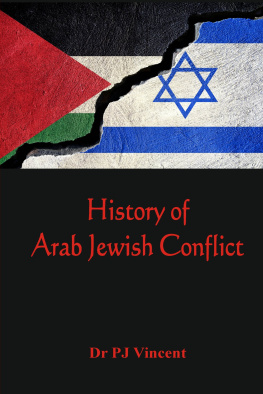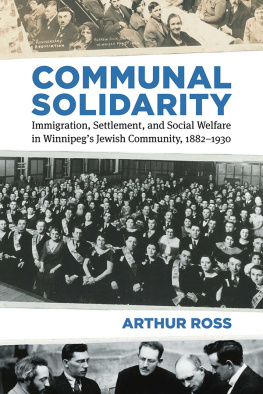Sebastian Klor - Between Exile and Exodus: Argentinian Jewish Immigration to Israel, 1948–1967
Here you can read online Sebastian Klor - Between Exile and Exodus: Argentinian Jewish Immigration to Israel, 1948–1967 full text of the book (entire story) in english for free. Download pdf and epub, get meaning, cover and reviews about this ebook. year: 2017, publisher: Wayne State University Press, genre: Home and family. Description of the work, (preface) as well as reviews are available. Best literature library LitArk.com created for fans of good reading and offers a wide selection of genres:
Romance novel
Science fiction
Adventure
Detective
Science
History
Home and family
Prose
Art
Politics
Computer
Non-fiction
Religion
Business
Children
Humor
Choose a favorite category and find really read worthwhile books. Enjoy immersion in the world of imagination, feel the emotions of the characters or learn something new for yourself, make an fascinating discovery.

- Book:Between Exile and Exodus: Argentinian Jewish Immigration to Israel, 1948–1967
- Author:
- Publisher:Wayne State University Press
- Genre:
- Year:2017
- Rating:5 / 5
- Favourites:Add to favourites
- Your mark:
Between Exile and Exodus: Argentinian Jewish Immigration to Israel, 1948–1967: summary, description and annotation
We offer to read an annotation, description, summary or preface (depends on what the author of the book "Between Exile and Exodus: Argentinian Jewish Immigration to Israel, 1948–1967" wrote himself). If you haven't found the necessary information about the book — write in the comments, we will try to find it.
Between Exile and Exodus: Argentinian Jewish Immigration to Israel, 1948-1967 examines the case of the 16,500 Argentine Jewish immigrants who arrived in Israel during the first two decades of its existence (1948-1967). Based on a thorough investigation of various archives in Argentina and Israel, author Sebastian Klor presents a sociohistoric analysis of that immigration with a comparative perspective. Although many studies have explored Jewish immigration to the State of Israel, few have dealt with the immigrants themselves.
Between Exile and Exodus offers fascinating insights into this migration, its social and economic profiles, and the motivation for the relocation of many of these people. It contributes to different areas of study- Argentina and its Jews, Jewish immigration to Israel, and immigration in general. This books integration of a computerized database comprising the personal data of more than 10,000 Argentinian Jewish immigrants has allowed the author to uncover their stories in a direct, intimate manner. Because immigration is an individual experience, rather than a collective one, the author aims to address the individuals perspective in order to fully comprehend the process. In the area of Argentinian Jewry it brings a new approach to the study of Zionism and the relations of the community with Israel, pointing out the importance of family as a basis for mutual interactions. Klors work clarifies the centrality of marginal groups in the case of Jewish immigration to Israel, and demystifies the idea that Aliya from Argentina was solely ideological. In the area of Israeli studies the book takes a critical view of the catastrophic concept as a cause for Jewish immigration to Israel, analyzing the gap between the decision-makers in Israel and in Argentina and the real circumstances of the individual immigrants. It also contributes to migration studies, showing how an atypical case, such as the Argentine Jewish immigrants to Israel, is shaped by similar patterns that characterize classical mass migrations, such as the impact of chain migrations and the immigration of marginal groups.
This books importance-its contribution to the historical investigation of the immigration phenomenon in general, and specifically immigration to the State of Israel-lies in uncovering and examining individual viewpoints alongside the official, bureaucratic immigration narrative.Scholars in various fields and disciplines, including history, Latin American studies, and migration studies, will find the methodology utilized in this monograph original and illuminating.
Sebastian Klor: author's other books
Who wrote Between Exile and Exodus: Argentinian Jewish Immigration to Israel, 1948–1967? Find out the surname, the name of the author of the book and a list of all author's works by series.




